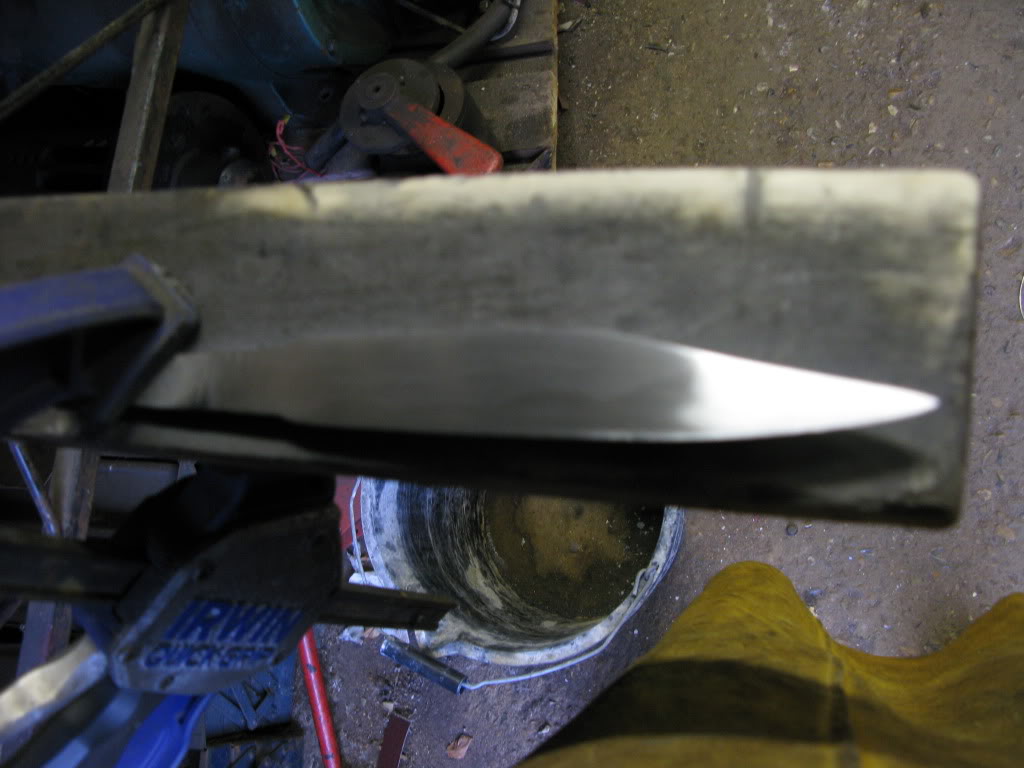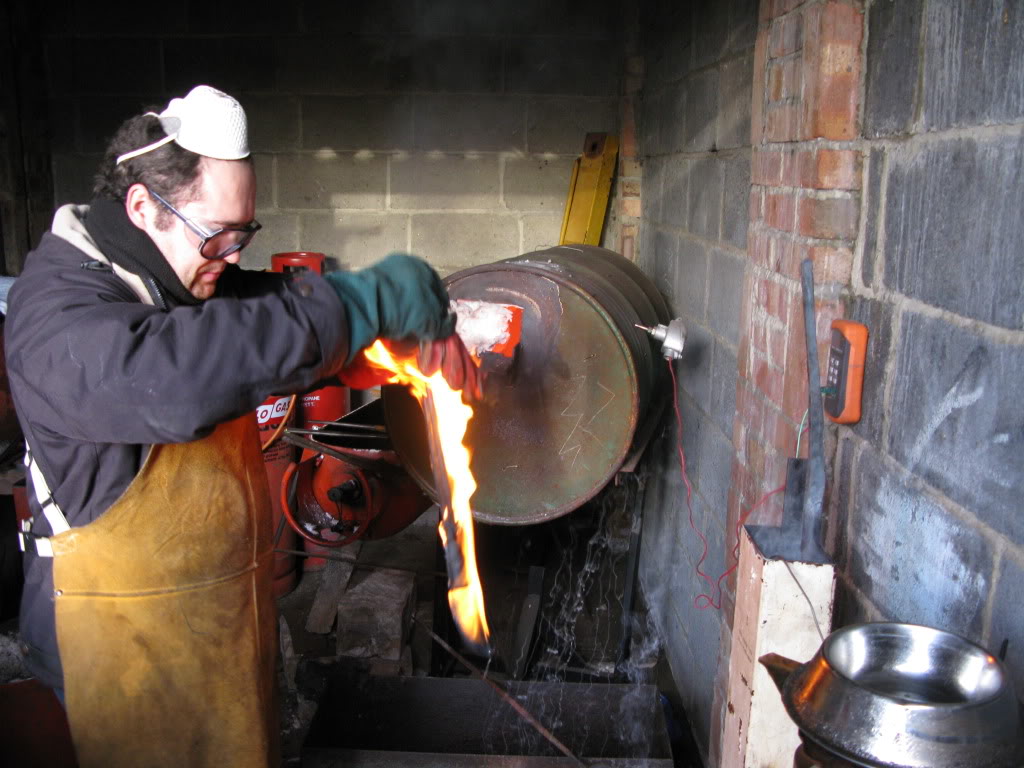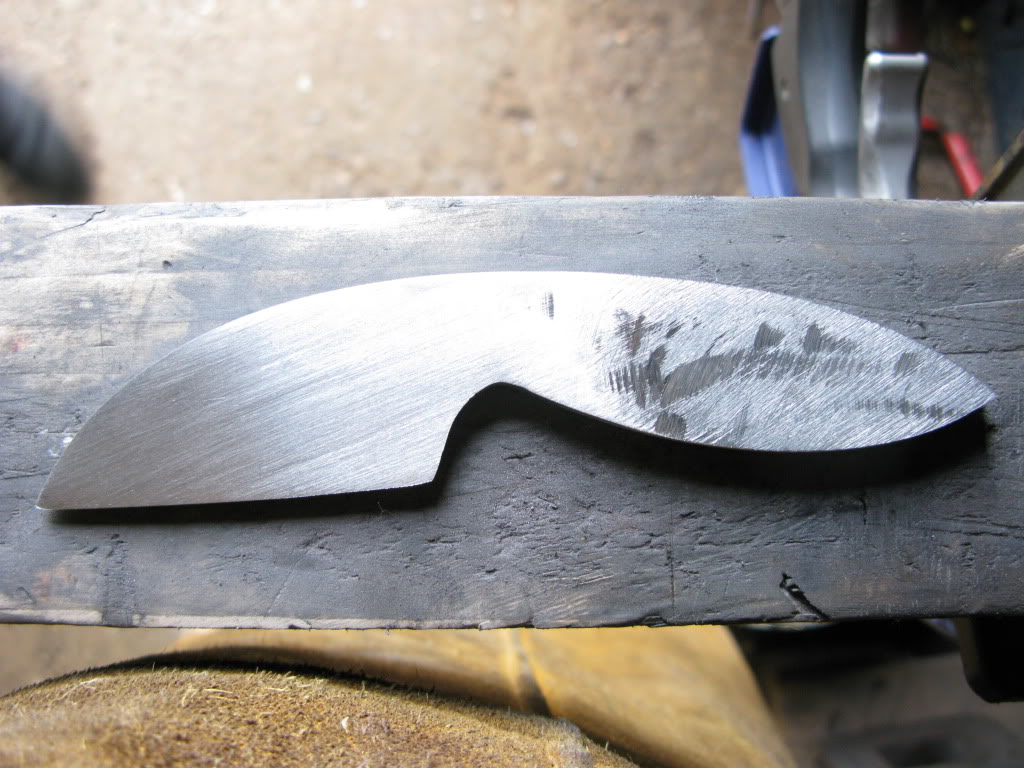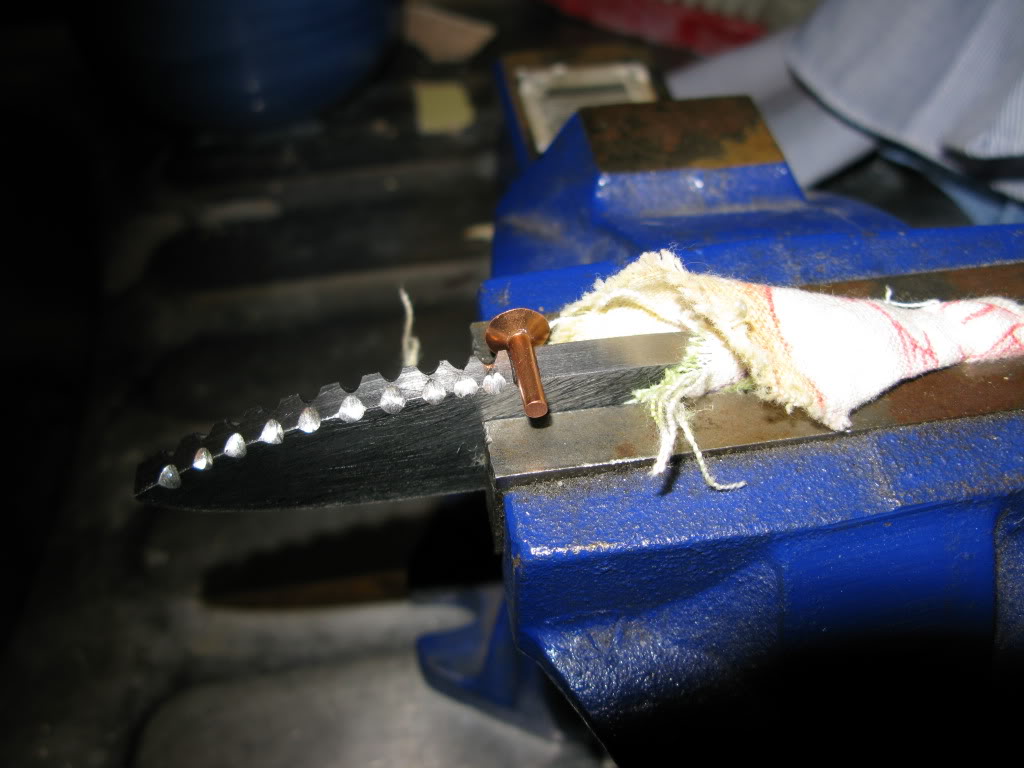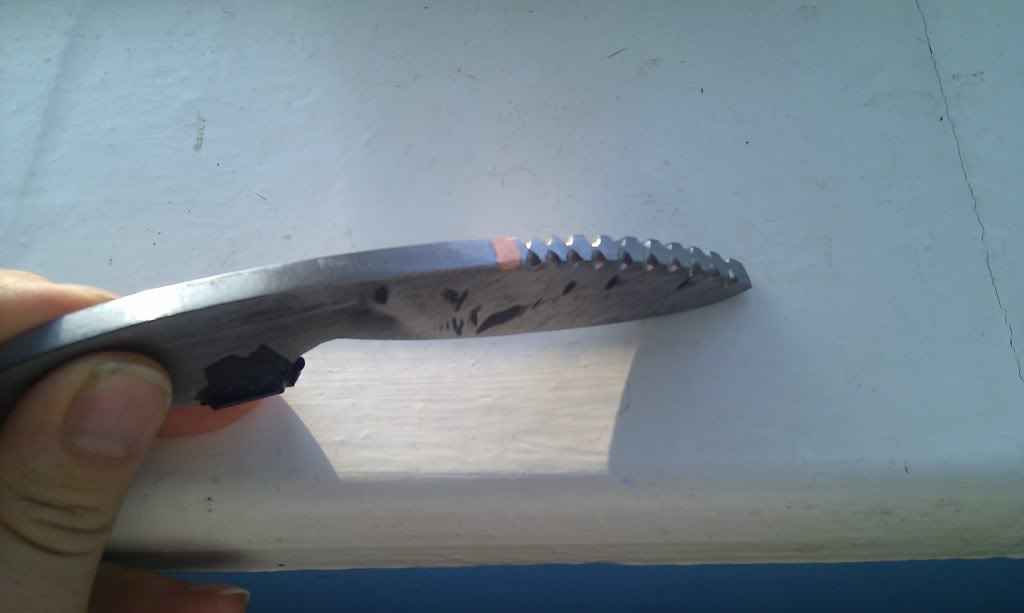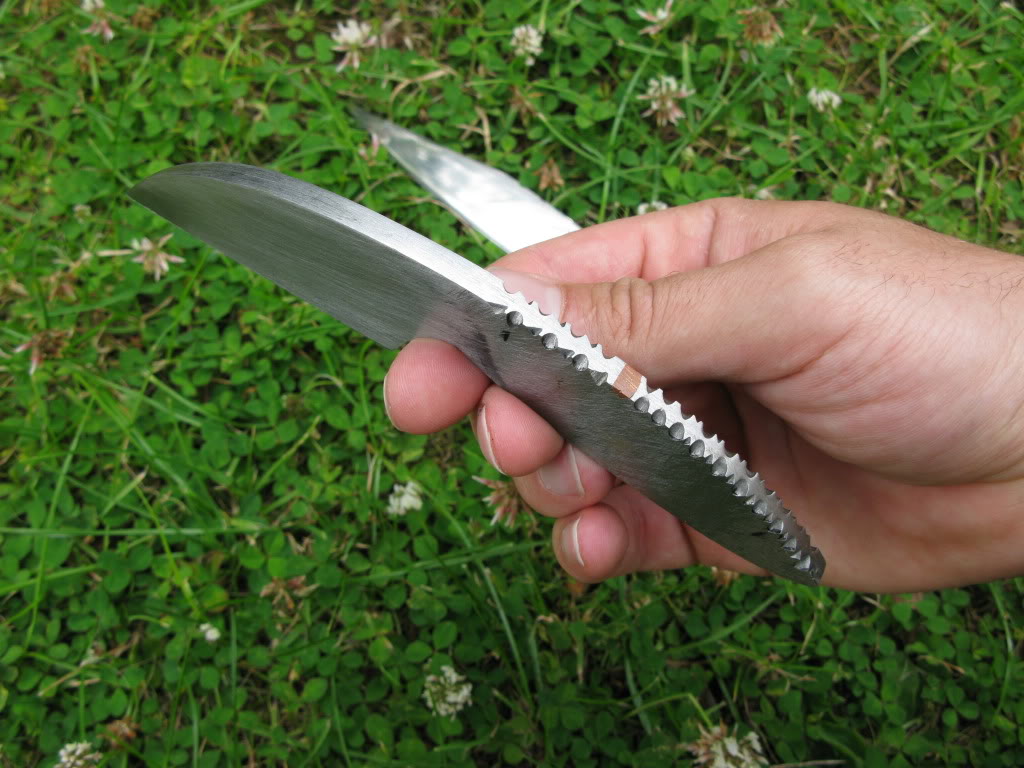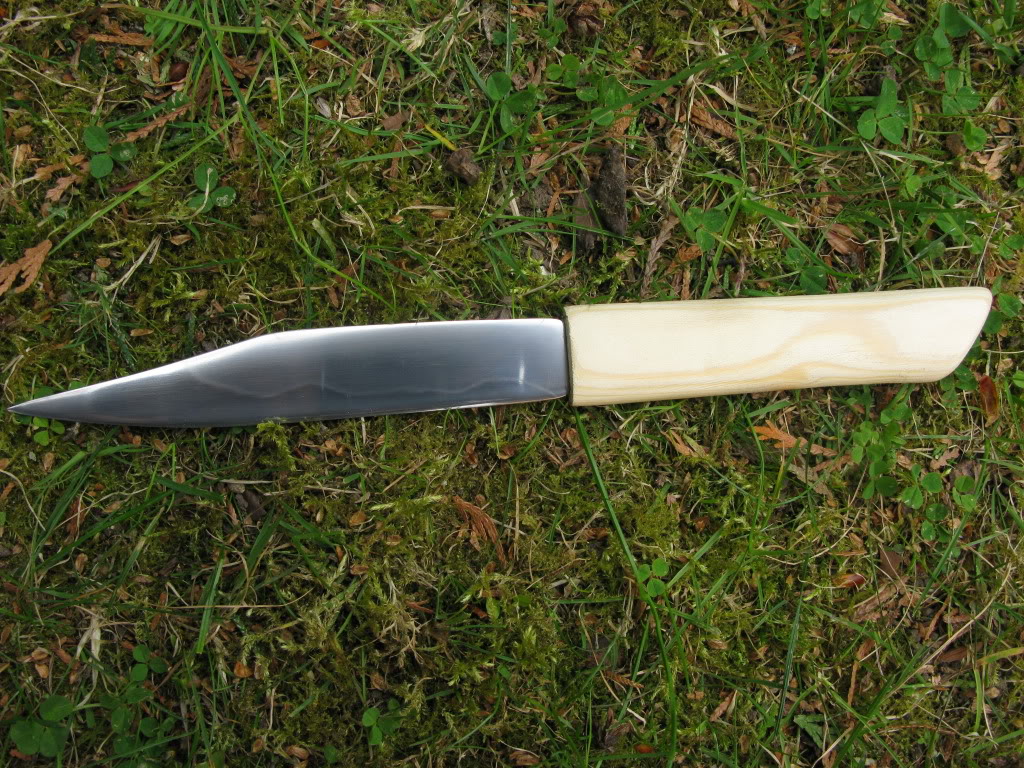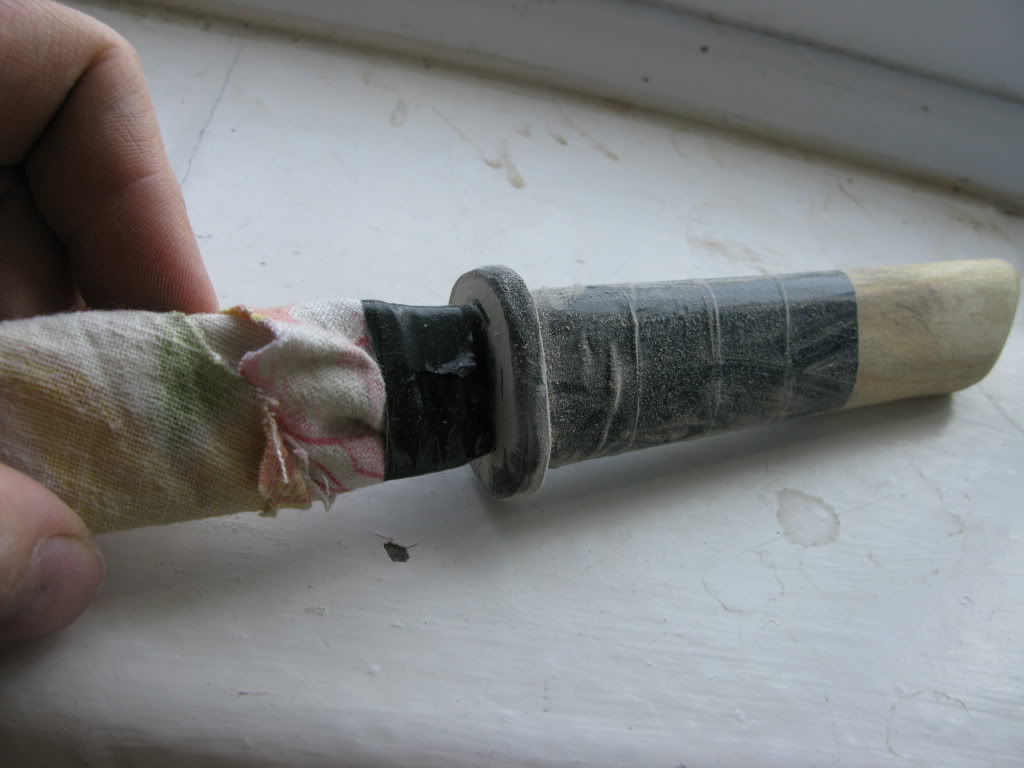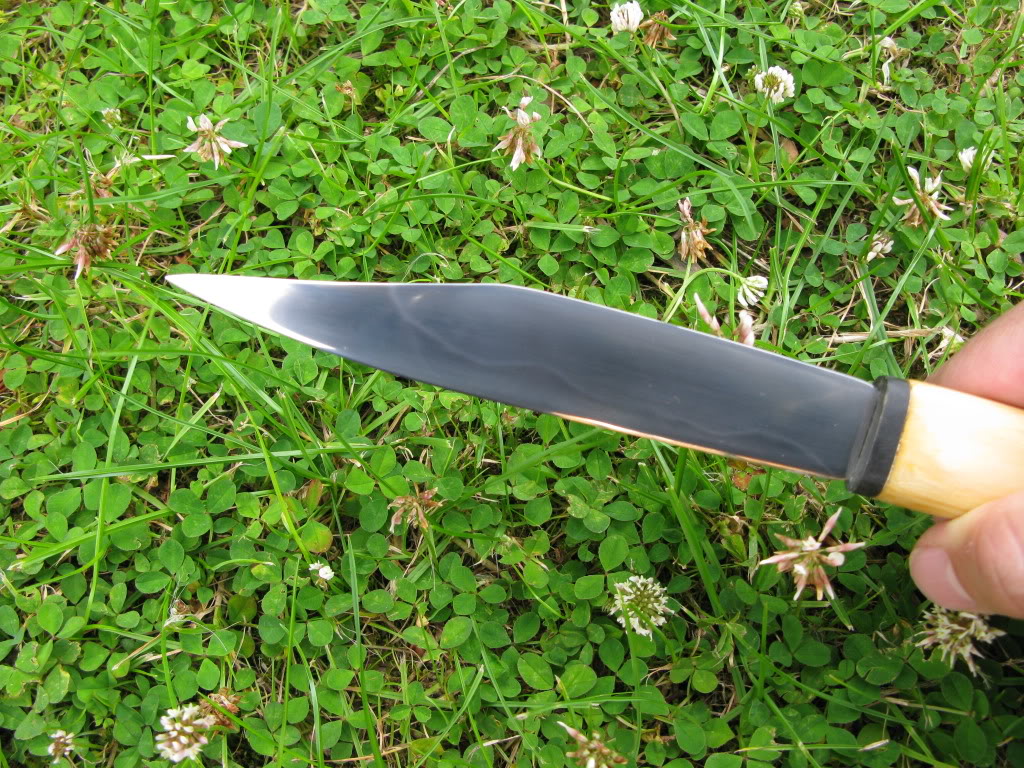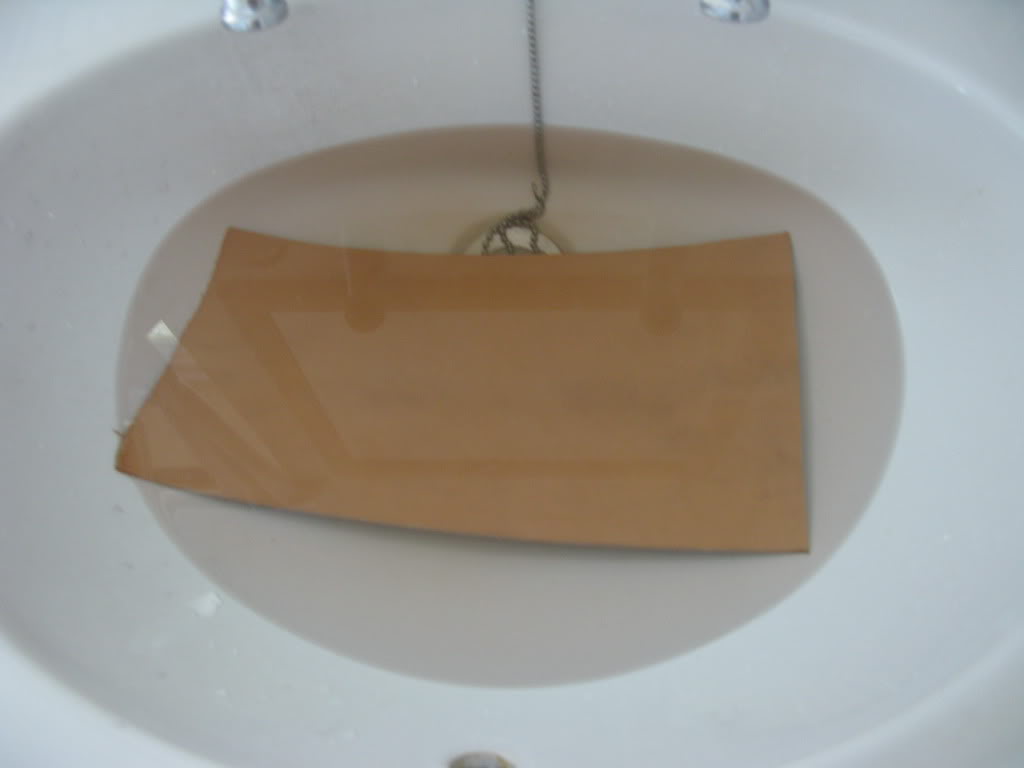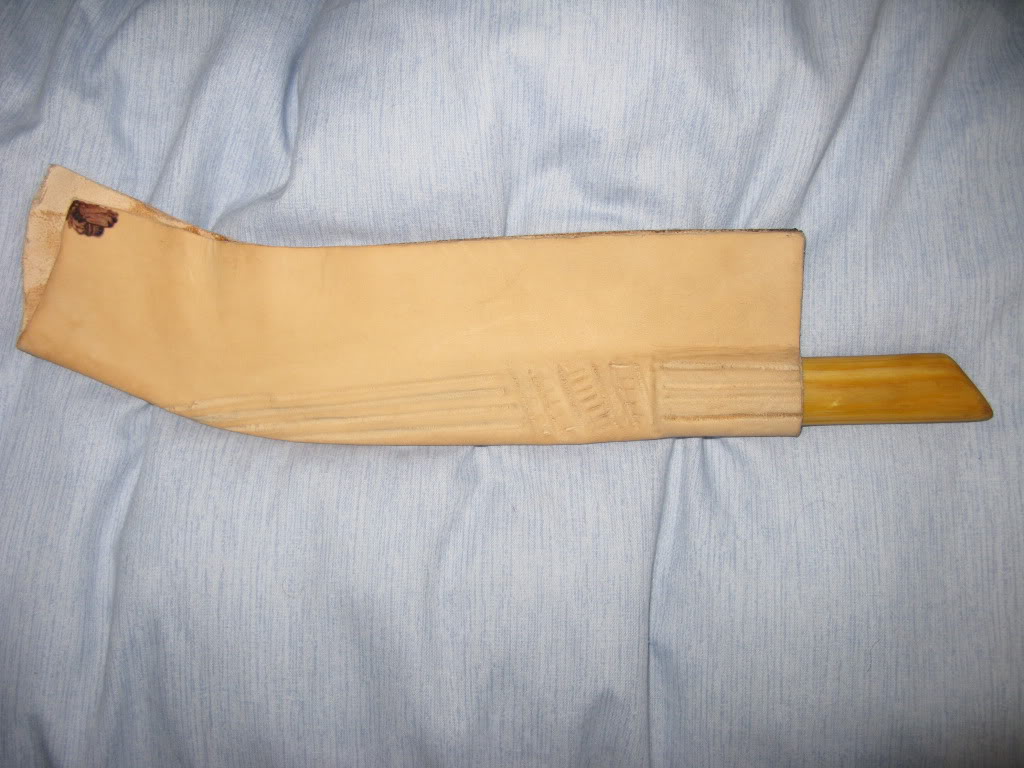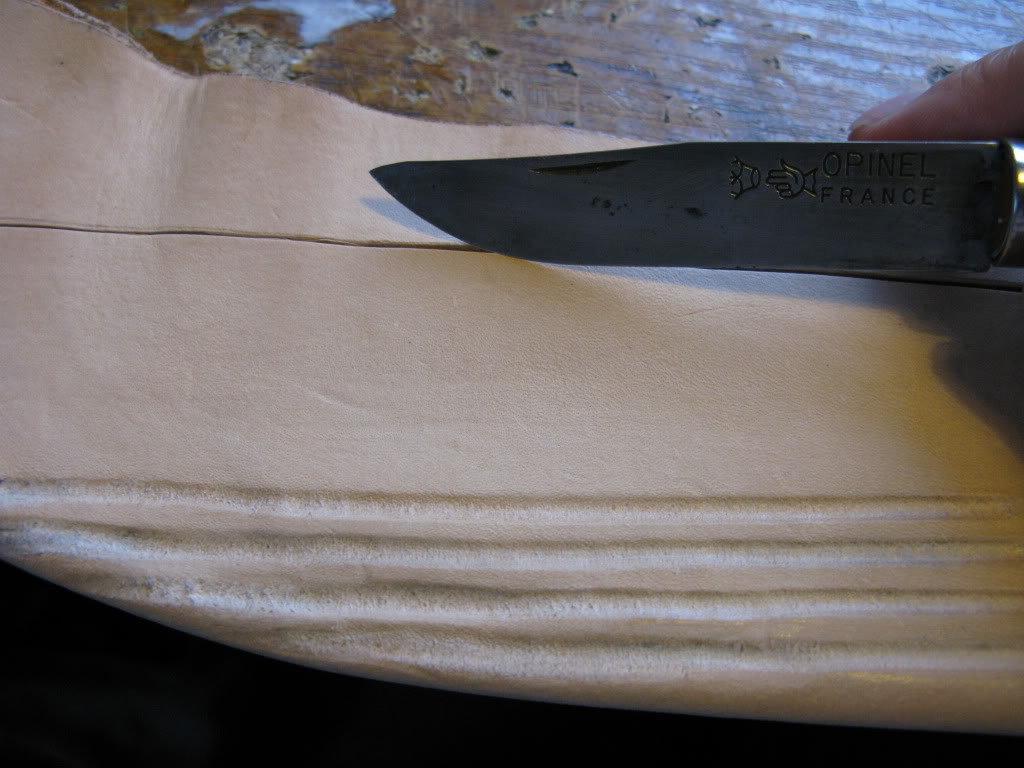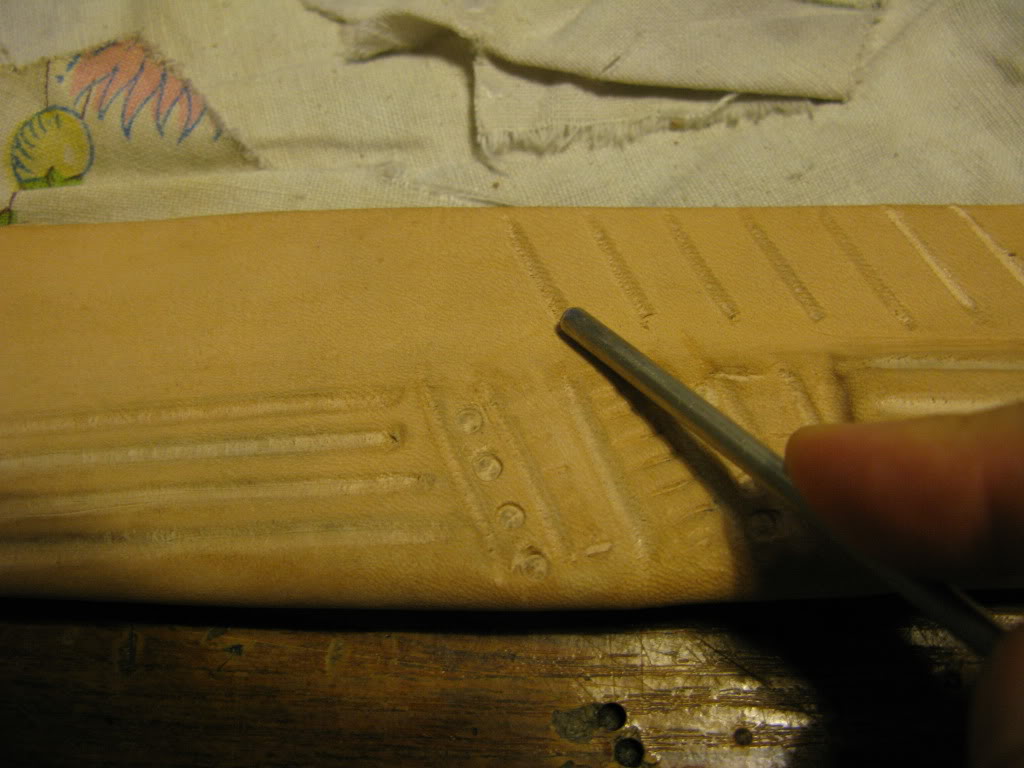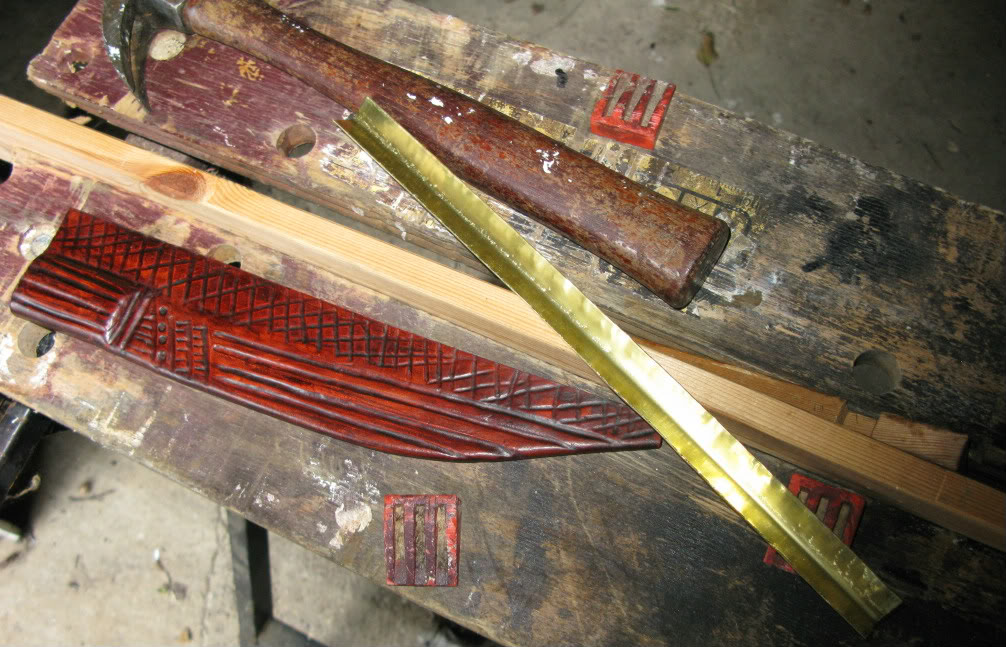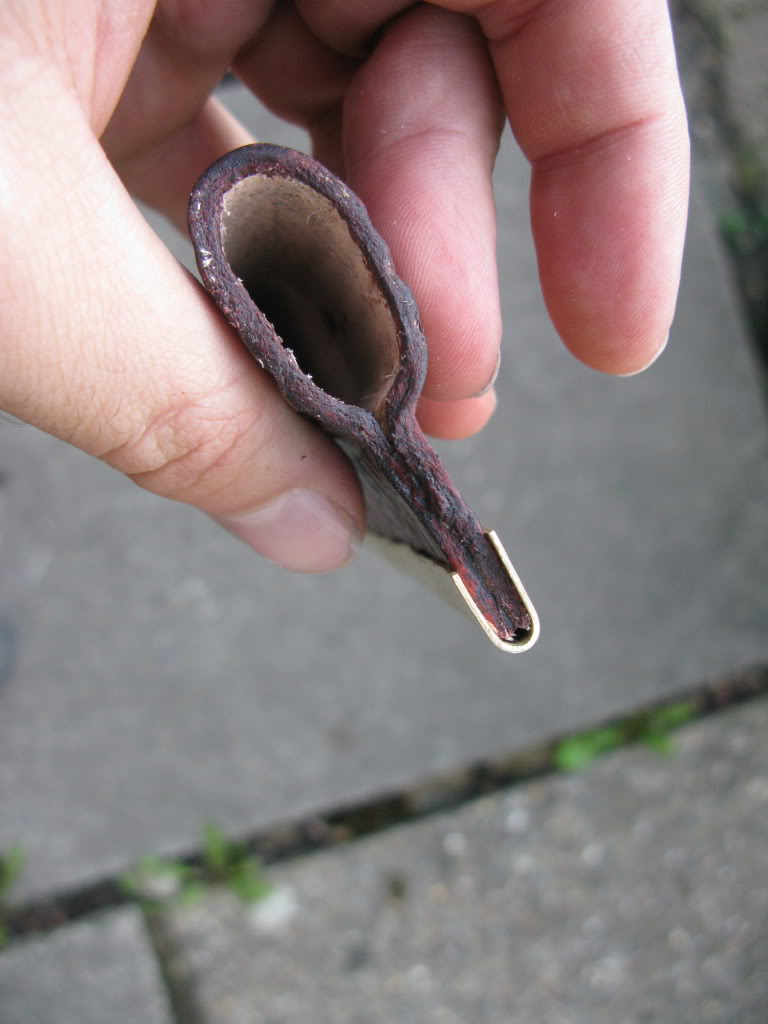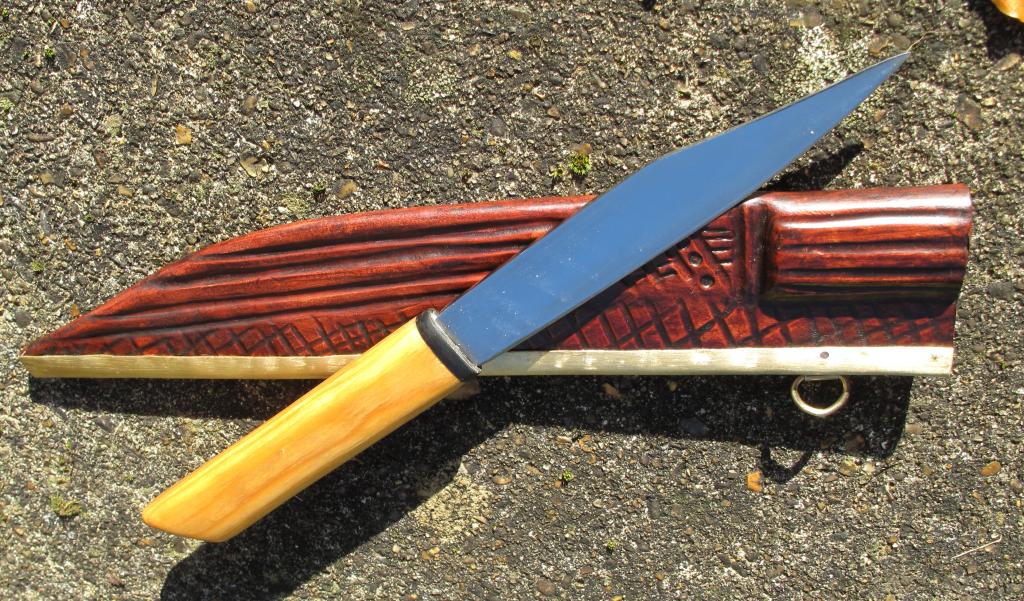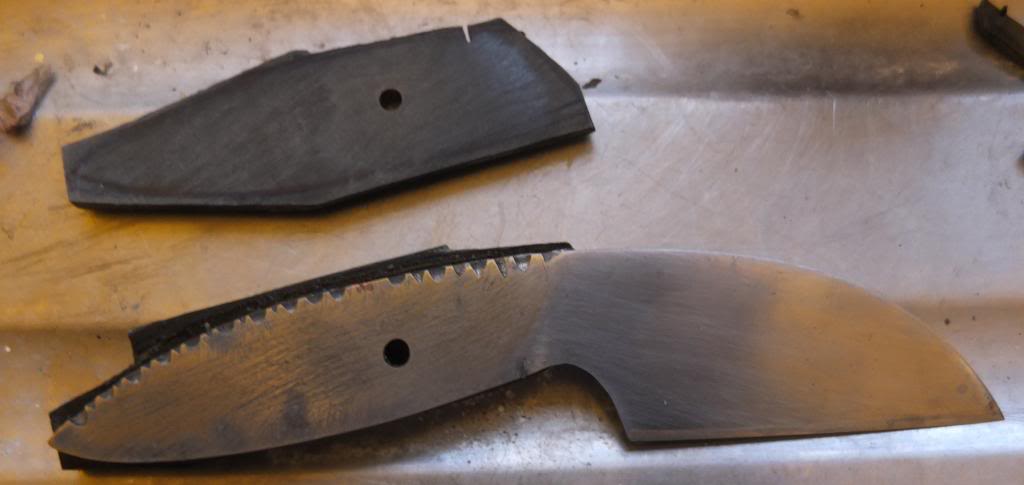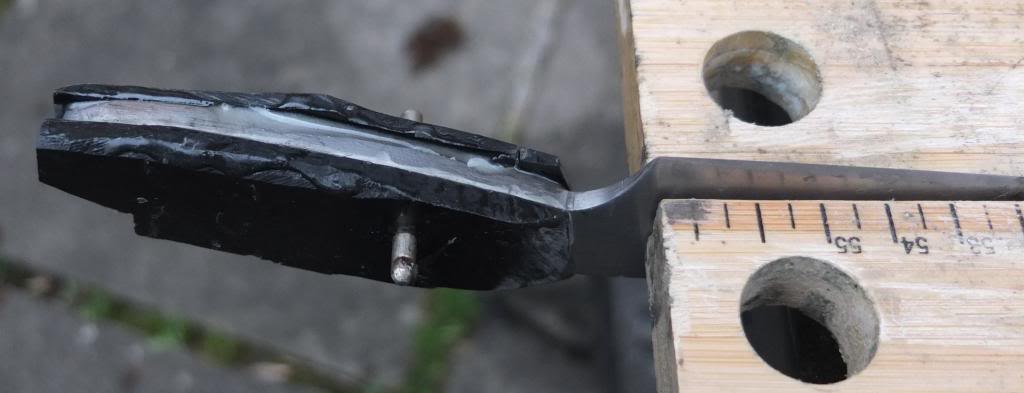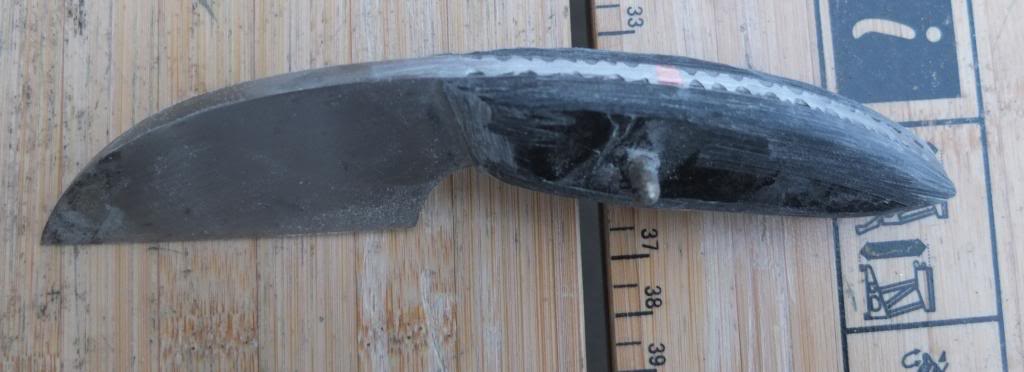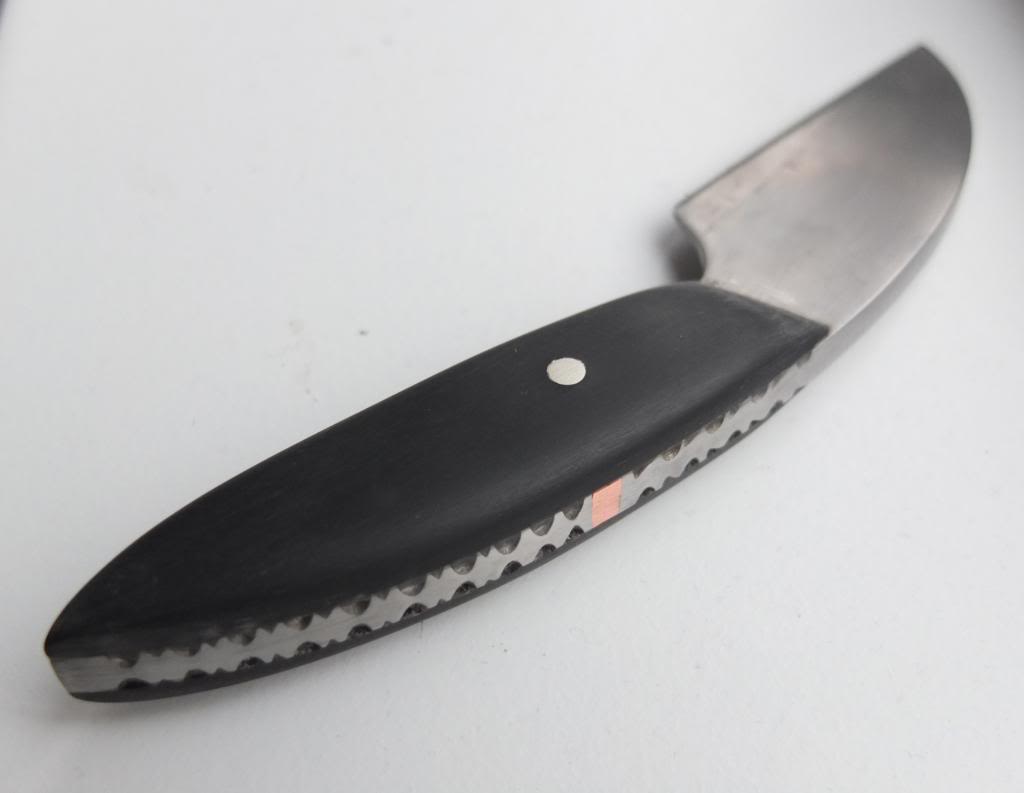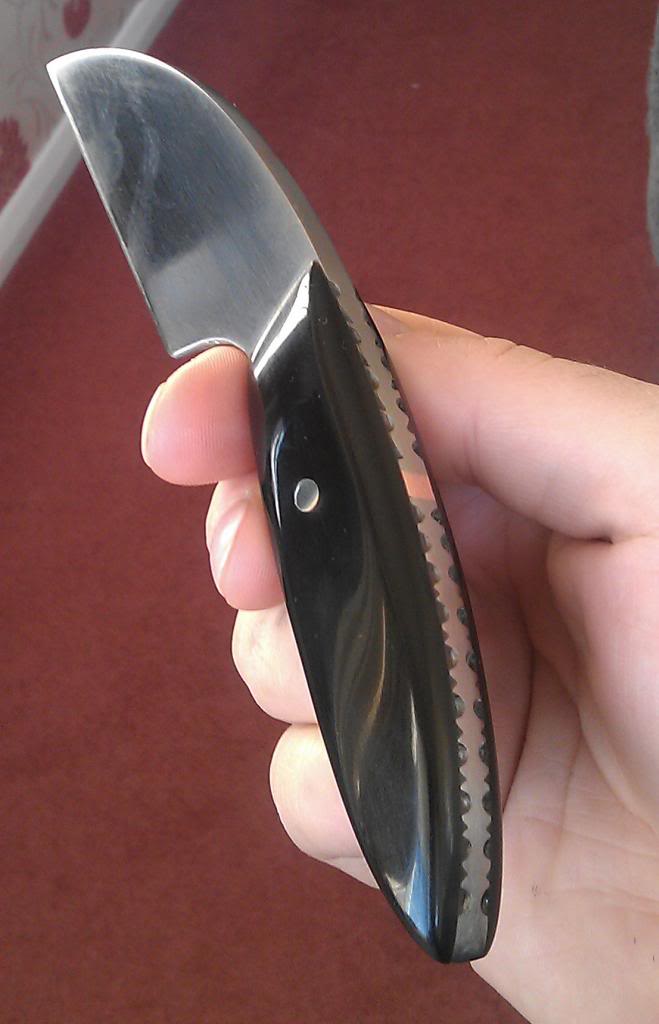Just thought I would share my experience with the knife smithing course I attended, hosted by Owen Bush at his forge in Kent. There were 4 other students on the course.
It was really quite cold and everything was covered in frost all day so I quite enjoyed heating myself up by the forge but sadly the forge work only took about a third of the time, although by the time I had finished both blades my arms were seriously low on energy and I could get about two or three hits in between heats!
The course was for 3 days, and we all got stuck in within an hour after quickly sketching out our designs on the anvil and learning how to operate the forges and how to shape the steel.
The forge had 3 working coal forges and two gas forges. I personally much preferred the coal forges as the gas forges were too slow although they did heat up the blades nice and evenly where as the coal forges had a tendency to burn the tip if you were not careful due to the heat being much more intense and not being able to see the blade when buried in the coal.
I decided to make a seax as my first blade and to also give it a hamon. I was terrified that the hamon process might crack the blade, but luckily the oil quench was gentle. The blade is currently in a rough polish so it is really hard to photograph the hamon, but it is there. For the second blade I used a different steel, I forget the name but it was really tough to forge but was very easy to grind, which was good due to the unusual shape, which I am told is a wharncliffe blade.
The course was intense with many of us willing to work the way through lunch as the 3 days was barely enough time. I think though that my designs may
had been a bit too ambitious as I was the most pressed for time and was frantically working on the blades while everybody were packing up and driving back home on the
last day.
I learned a lot through the course, especially the heat Treatment and normalisation processes, which was new to me. I would like to go again for the week long sword
course and perhaps one of the hammerin's as I really enjoyed myself.
I can highly recommend the course to anybody here, as it really is something different to being a collector who critiques blades, to knowing how to make one and all the work that it entails. You do not need to have any experience in either working a forge or anything about blade.
I think if I were to go again, I would probably make a longer seax and a bushcraft knife.
The photos below firstly document the creation of my seax and then the warncliffe blade.
My Forge
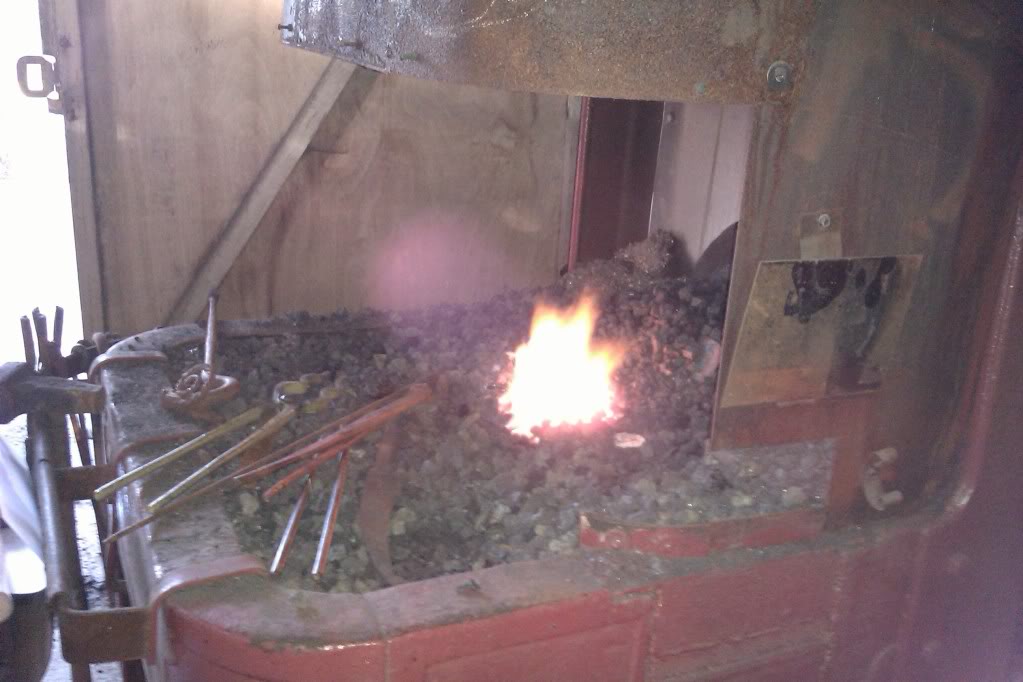
Working the metal

Hammering the point
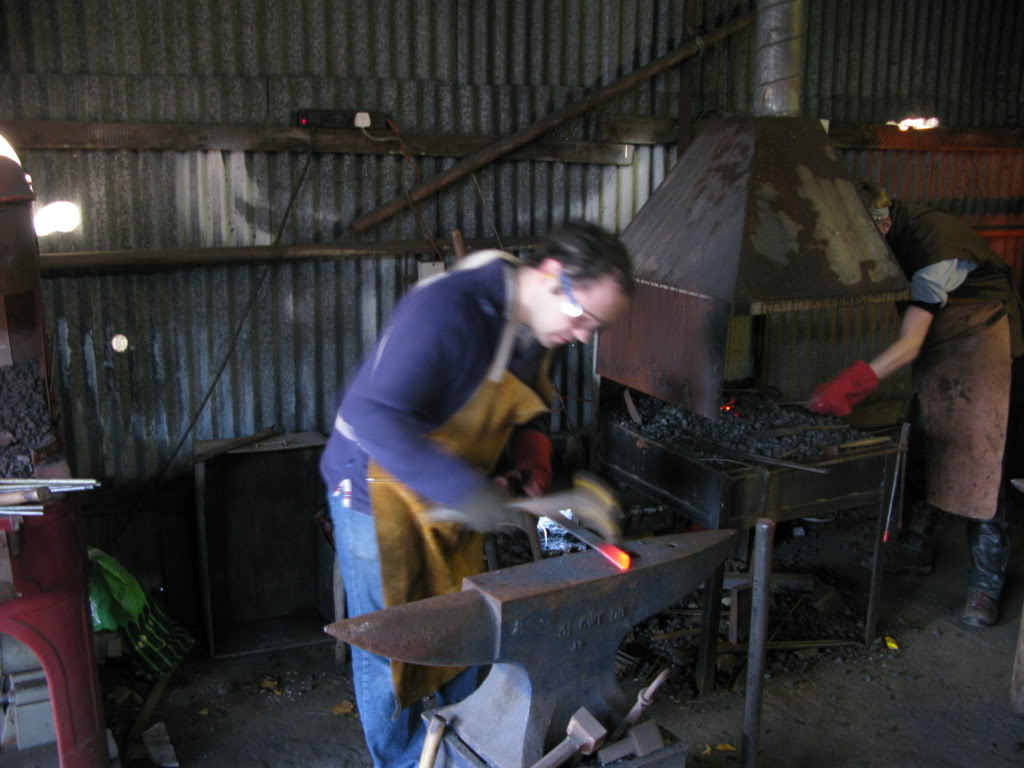
Seax is starting to take shape!
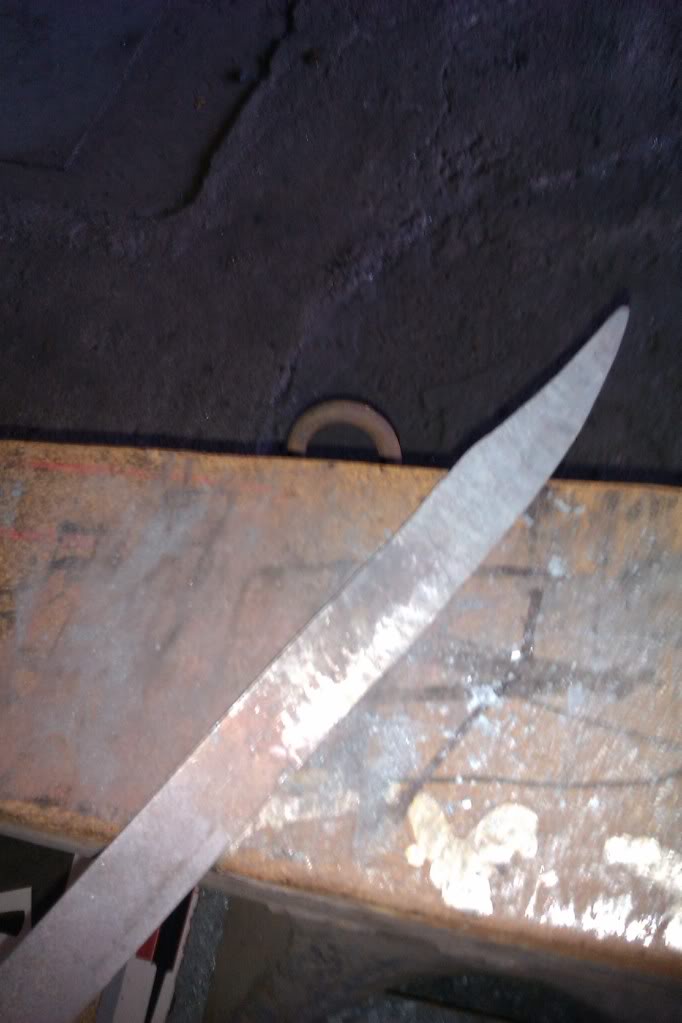
Seax with a clipped tang.
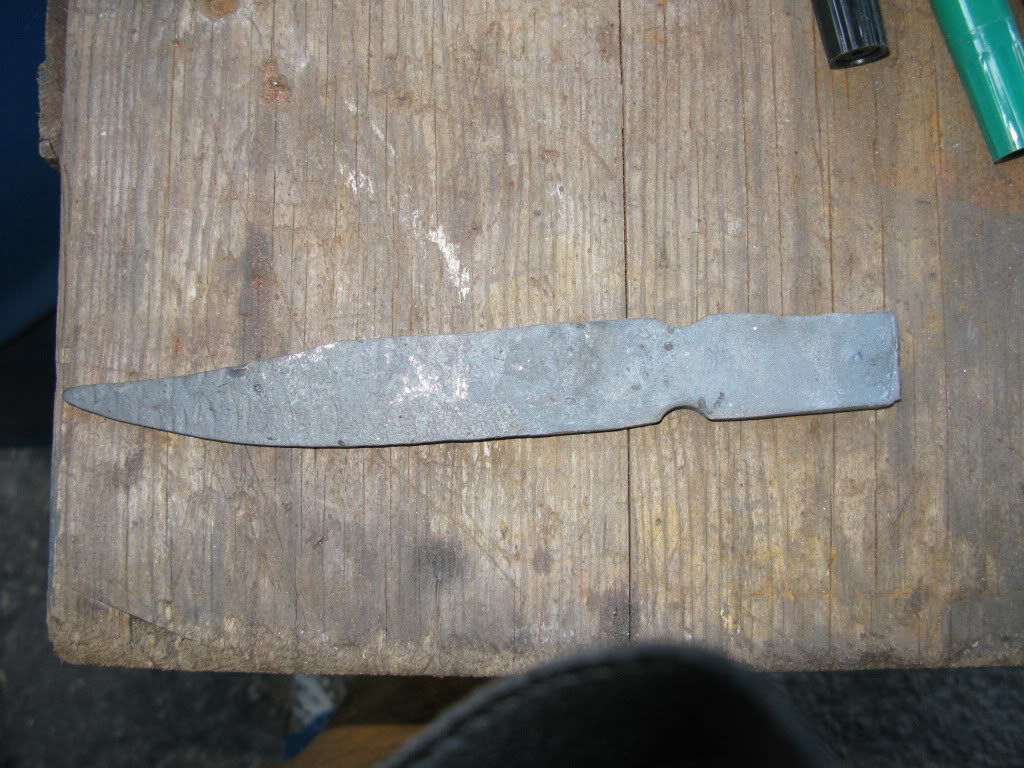
Bit more forging to be done...
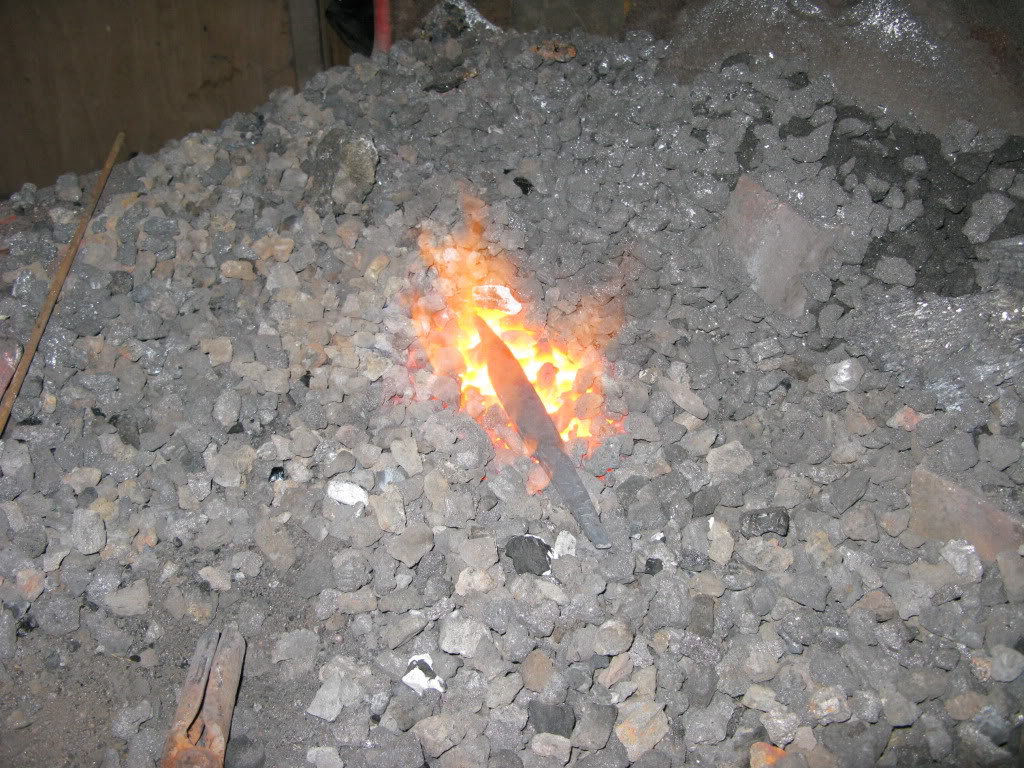
Drawing out the tang

Starting to look good!

Using an angle grinder, I remove the top layer.

After the first run with the belt grinder.
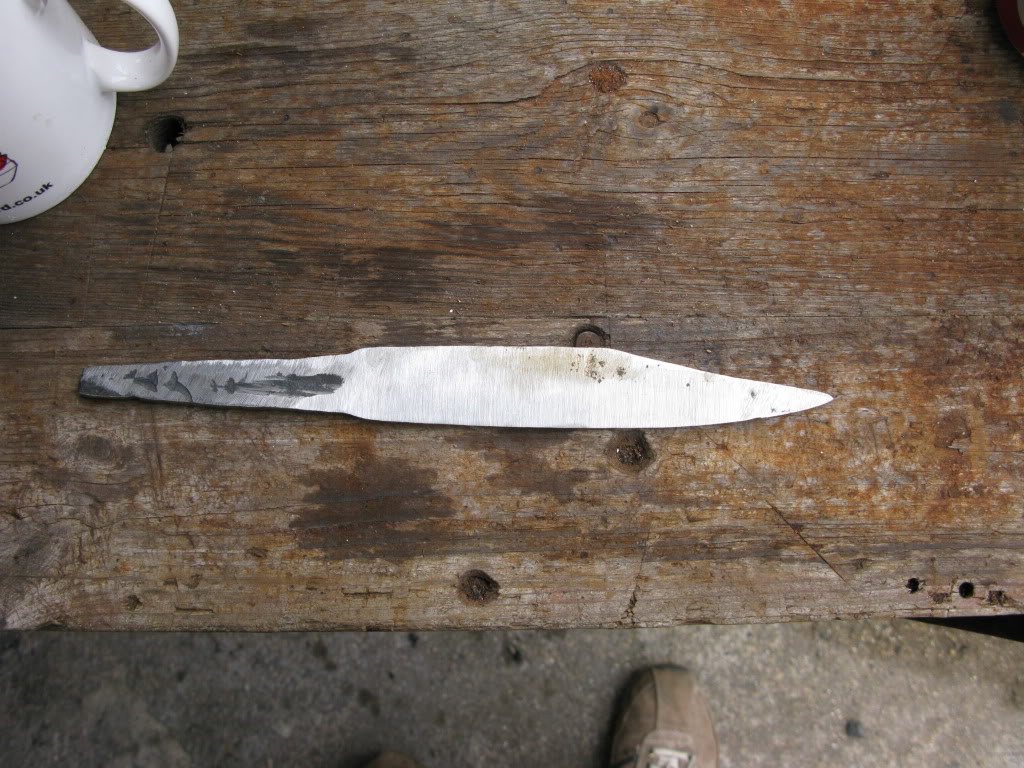
Next up was some filing to flatten the blade.

Looking good despite the blurry photo! Sadly I didn't get any photos of the hamon process.
